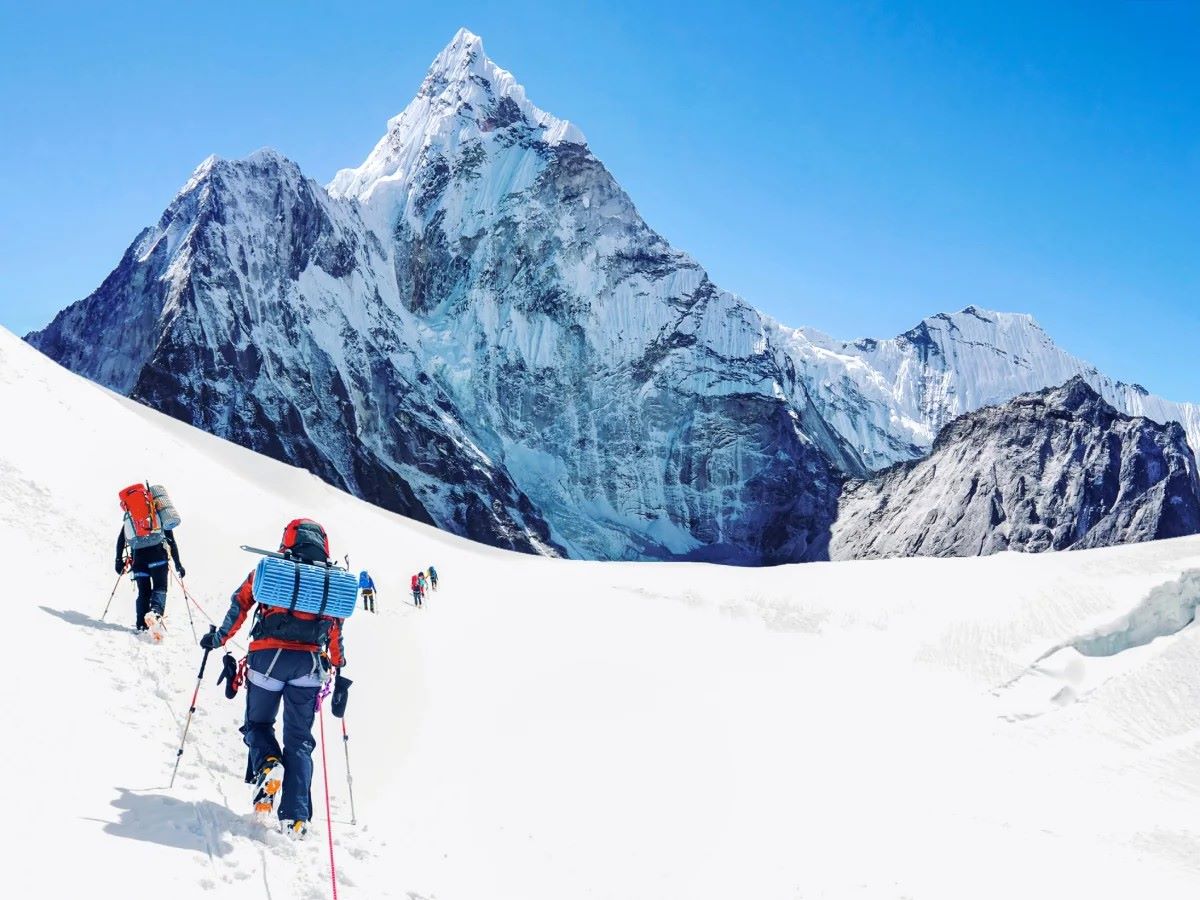
Ever wondered why May 29th holds a special place in the hearts of mountaineers and adventure enthusiasts worldwide? International Everest Day celebrates the first successful ascent of Mount Everest by Sir Edmund Hillary from New Zealand and Tenzing Norgay, a Sherpa of Nepal, on this day in 1953. This remarkable achievement not only pushed the boundaries of human endurance and spirit but also highlighted the majestic beauty and challenges of the Earth's highest peak. From its rich history to the diverse ecosystems that thrive at high altitudes, International Everest Day is a tribute to all those who dare to dream big and reach for the summit. So, grab your gear, and let's embark on a thrilling climb through the fascinating facts surrounding this monumental day.
Key Takeaways:
- International Everest Day celebrates the first successful ascent of Mount Everest on May 29th, honoring the courage of Sir Edmund Hillary and Tenzing Norgay while raising awareness about environmental conservation and the Sherpa community's contributions.
- The day is celebrated with ceremonies, memorial services, and environmental initiatives in Nepal, highlighting the challenges faced by climbers and the crucial role of Sherpas as guides and cultural ambassadors.
What is International Everest Day?
International Everest Day is celebrated on May 29th each year, marking the anniversary of the first successful ascent of Mount Everest, the highest peak in the world. This day honors the remarkable achievement of Sir Edmund Hillary from New Zealand and Tenzing Norgay, a Sherpa of Nepal, who reached the summit in 1953. Observances include ceremonies, special events, and discussions on mountain climbing, environmental conservation, and the Sherpa community's contributions.
Why Celebrate International Everest Day?
-
Recognition of a Historic Achievement: Celebrating International Everest Day serves as a tribute to Hillary and Norgay's extraordinary courage and determination. Their success on May 29, 1953, set a precedent for mountaineering and exploration, inspiring countless climbers worldwide.
-
Awareness and Conservation: This day also raises awareness about the importance of preserving the natural beauty and ecological integrity of the Himalayas. Efforts to clean up Everest and protect its fragile environment are highlighted and promoted.
-
Cultural Significance: For Nepal, the day is a source of national pride, showcasing the rich cultural heritage of the Sherpa community and their invaluable contribution to mountaineering.
How is International Everest Day Celebrated?
-
Ceremonies in Nepal: In Kathmandu and other parts of Nepal, ceremonies are held to honor the climbers who have summited Everest. These events often include processions, traditional music, and speeches by notable figures in the mountaineering community.
-
Memorial Services: Memorial services for climbers who have lost their lives on Everest are a solemn part of the celebrations, reminding everyone of the risks and sacrifices involved in high-altitude climbing.
-
Environmental Initiatives: Clean-up campaigns on Everest and in the surrounding areas are organized to promote environmental sustainability. Climbers and volunteers participate in these efforts to remove trash left on the mountain.
Challenges Faced by Climbers
-
Extreme Weather Conditions: Climbers face harsh weather conditions, including freezing temperatures, fierce winds, and sudden storms, making the ascent extremely challenging and dangerous.
-
Altitude Sickness: The high altitude can cause severe health issues, such as acute mountain sickness, pulmonary edema, and cerebral edema, posing significant risks to climbers.
-
Avalanches and Icefalls: Avalanches and the treacherous Khumbu Icefall are among the deadliest obstacles on Everest, claiming many lives over the years.
The Role of Sherpas
-
Guides and Support: Sherpas, renowned for their mountaineering skills and knowledge of the Himalayas, play a crucial role in assisting climbers. They guide, carry supplies, and set up camps, making expeditions possible.
-
Cultural Ambassadors: Beyond their mountaineering expertise, Sherpas share their rich cultural traditions with climbers from around the world, fostering a deeper appreciation for the Himalayan region and its people.
A Final Look at Everest's Legacy
Celebrating International Everest Day isn't just about remembering a historic climb; it's a nod to human ambition, resilience, and the spirit of exploration. This day reminds us of the challenges and triumphs faced by climbers who dare to conquer the world's highest peak. It's a tribute to the natural wonder that is Mount Everest and its significance in both Nepal and the world. Whether you're an avid mountaineer, a lover of nature, or simply someone who appreciates the milestones of human achievement, May 29th serves as a powerful reminder of what we can accomplish with determination and teamwork. So, next time May rolls around, take a moment to honor the legacy of Everest and the adventurers who've made history on its slopes.
Frequently Asked Questions
Was this page helpful?
Our commitment to delivering trustworthy and engaging content is at the heart of what we do. Each fact on our site is contributed by real users like you, bringing a wealth of diverse insights and information. To ensure the highest standards of accuracy and reliability, our dedicated editors meticulously review each submission. This process guarantees that the facts we share are not only fascinating but also credible. Trust in our commitment to quality and authenticity as you explore and learn with us.
